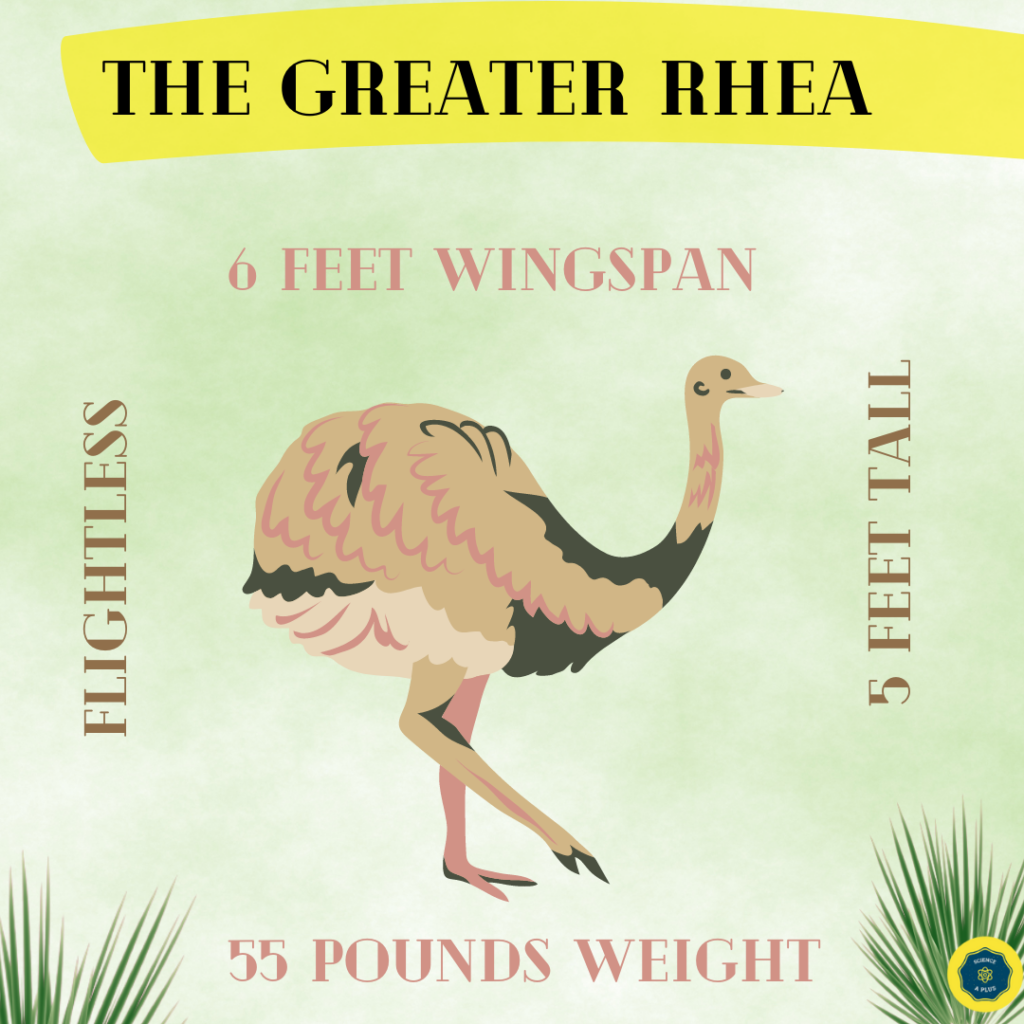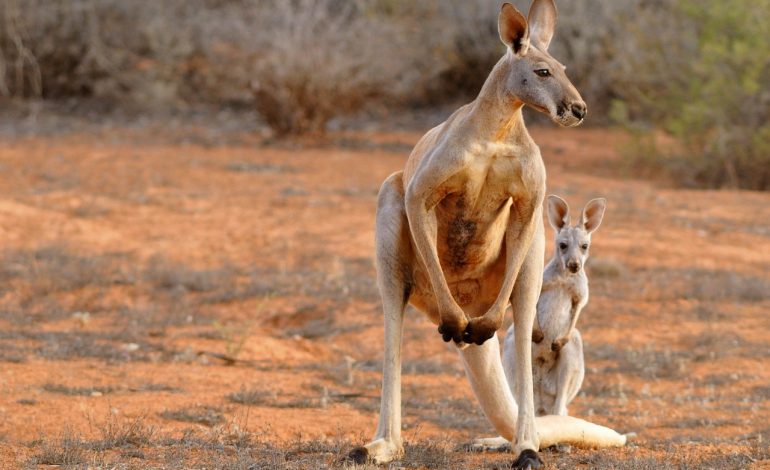What is the largest flightless bird in North America?
The greater rhea is the largest flightless bird in North Americas. It is an ostrich-like bird with a long neck and gray-brown plumage. Another common name for this species is the gray or common rhea. The greater rhea is native to eastern South America and ranges from southern Brazil to northern Argentina, Paraguay, and Bolivia.
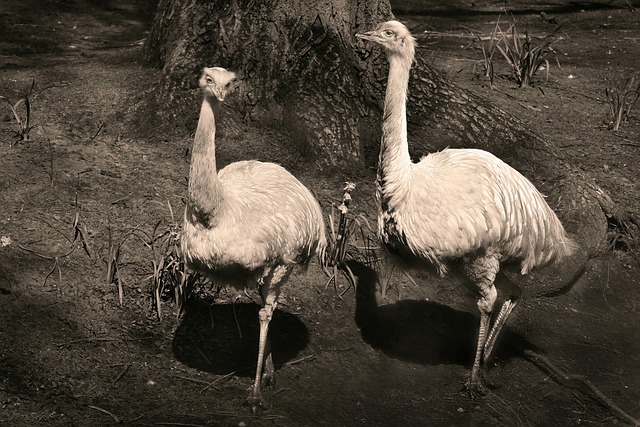
The Rhea genus name is from the Greek goddess Rhea, who was known as the “Mother of Gods”.
The greater rhea is similar in size and appearance to the emu of Australia. This large bird stands upto 5 feet (1.52m) tall and weighs up to 55 pounds (around 25kg). The plumage on its upper parts is grayish brown with black barring, and the underparts are white. The face and neck are bare except for a few stiff feathers at the base of the neck, which resemble a short collar. The greater rhea has a wingspan of 6 feet (1.83m).
Greater rheas have long legs that end in three toes, each with a long nail. They have relatively small wings, which they use for balance when running at high speed but not for flying. Males are typically larger than females and have longer wings and tails. Both male and female greater rheas have blue beaks.
Rheas have brown feathers with white streaks that go down their backs and necks. They have two distinctive feathers on the back of their heads that look like horns. Rheas also have long legs, long necks and a long bill.
Where can we see the Greater rhea?
Greater rheas can be found in open grasslands where there are nearby trees or shrubs for cover. They prefer wetter grasslands. Greater rheas are closely related to ostriches and emus.
They prefer areas near water where they can bathe and drink. These large birds can live up to 15 years in the wild and have few predators due to their size.
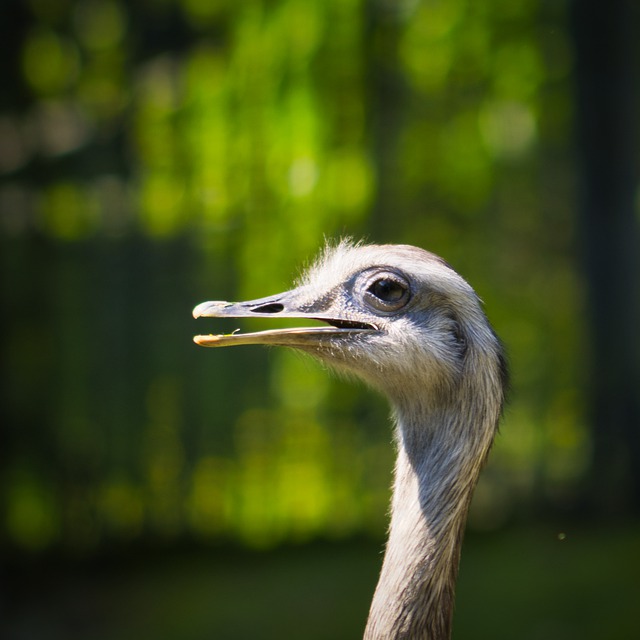
They are hunted for meat and feathers in some areas but their numbers are not threatened globally. The Greater Rhea has three toes on its large feet with sharp claws that help it run quickly and to defend itself from predators.
Is the greater rhea omnivore?
Greater Rheas are omnivores and eat mainly grasses, seeds, fruits and leaves but will also eat small animals such as lizards and insects. They can go days without water so they drink water when they find it but get most of their water from their diet.
Does greater rhea live in groups?
Greater Rheas live in small groups of 10 to 100 birds. The female builds her nest on the ground or against a tree or rock made with twigs, grasses, leaves and sticks. She lays up to 60 eggs.
Mating patterns of the grater rhea
When the breeding season begins, males begin searching for a mate by following females around until they reach an open area. The male then offers food to the female as a sign of courtship; if she accepts this offering, she will lay her eggs at his nest.
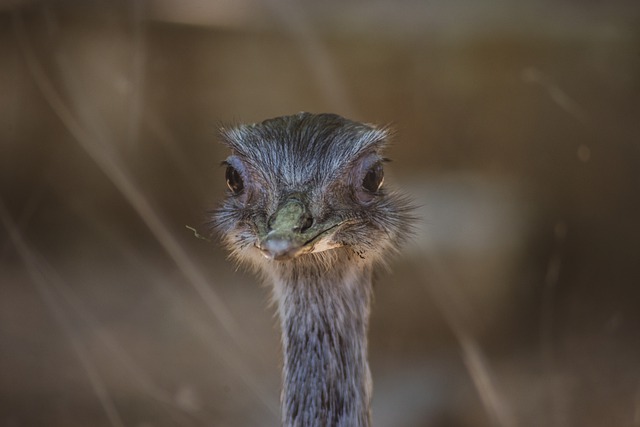
During breeding season males attract females by strutting around with their wings spread out to make themselves look bigger and more impressive. Males are polygynous meaning they mate with more than one female at a time. A male may mate with several females during each breeding season.
The male takes care of making nests, incubation and caring for chicks after hatching.
